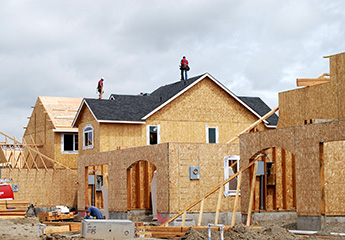A broadening of the use of timber-based elements will contribute to reducing CO2 emissions and thereby support the Danish “National strategi for bæredygtigt byggeri”. Compared to steel, timber materials emit 75% less CO2
which increases the demands for timber-based buildings. Unfortunately, combustible materials such as timber may be disproportionately damaged by a fire, in comparison with conventional materials. And provisionally, there is a lack of tools for documenting the fire damage of timber buildings above four floors, which prevents construction companies from meeting the needs of a growing population and developing a potential environmental beneficial industry.
Therefore, this project will enhance the ability to predict how temperature and moisture profiles in a timber element change over time. Also, the project seeks to develop and validate a heat-transfer model to predict and document mechanical degradation of engineered timber for a natural fire. As a result, building designers, engineers and planners will be able to introduce more sustainable and commercially attractive buildings into the market to strengthen Denmark’s leading position as an exporter of green solution.
The goal is to develop a new cross-functional workflow to make sure customers have easy access to the service and test the service on a real commercial case within six months after project-end. Within two years after project-end, DBI will scale up the project results by publishing guidelines, contributing to standards, and releasing the model as a software for the use of other stakeholders in the building industry.

